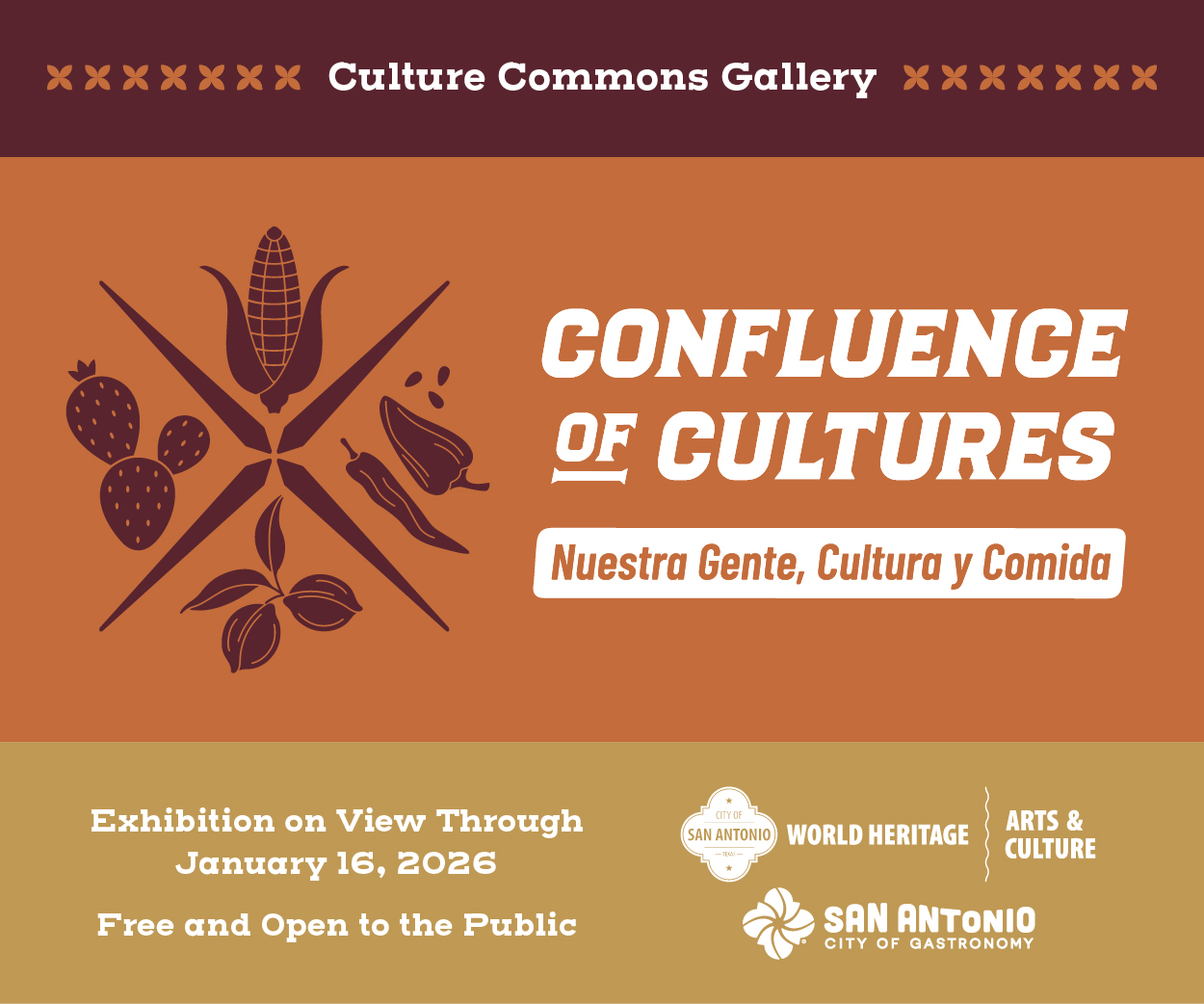Vicente Telles is an award-winning Santero retablo painter of saints and a highly talented portrait painter from the South Valley of Albuquerque. He is one of a few U.S. Latino artists chosen to participate in the La Malinche Exhibit created at the Denver Art Museum and traveled to the San Antonio Art Museum. His religious santos and watercolor and foraged pigments in paintings are currently in shows in Albuquerque and Santa Fe, New Mexico.
A brief reference to the santero tradition by a Mexican-American studies professor at the University of New Mexico in Albuquerque piqued his interest in this traditional Mexican and Mexican-American art expression. His curiosity about New Mexican santeros came about at the same time that he decided to leave the university in Albuquerque to work in Los Angeles.
Telles settled in Lawndale, a suburb south of the LA International Airport, where he found a job as a furniture maker. Telles had learned construction from his father who built his family home. At a Los Angeles contemporary metal wall art fabrication company, he worked mainly with wood products and took a special interest in the company’s vast inventory of wood and metal paint products. After a few years of manufacturing work, Telles returned to his hometown of Albuquerque.
A self-taught artist, Telles’s early exhibition of
religious santos in 2007 gave him the confidence he needed to devote himself full-time to art. His retablo on metal garnered First Place at the San Felipe de Neri Santero Market in Albuquerque in 2007. Over the next three years, he won Best of Show in Grants, New Mexico, and First Place (retablos) at the New Mexico State Fair. He has won several first-place awards at the Traditional Spanish Market in Santa Fe in the last ten years.
In writing about the 400-year artistic tradition of New Mexico’s santeros, or “saint-makers,” Rosemary Diaz, a writer with the magazine Craftsmanship, noted that the first santeros arrived with the Roman Catholic Missionaries from New Spain in 1598. Today, New Mexican santeros keep one of the oldest living folk traditions alive. Diaz observed that “distinctions hold the craft to rigid standards, and change is slow to come. But like any living tradition, preserving it means making room for innovation.” Telles is preserving the tradition as well as bringing innovation to this art form.
We met Vicente Telles in San Antonio in June of 2022 through Rigo Luna and Janelle Esparaza, co-owners of Presa House Gallery. My wife Harriett and I knew little about New Mexican art, but we both agreed that Telles was equally talented in carving wooden retablos and creating watercolor and mixed media paintings on masonite panels. For the Presa House exhibit, Telles only presented his watercolors and mixed media paintings including “Vecinos,” a self-portrait in which he covered his head with a colorful pinata. Telles returned to Texas the following year for the La Malinche exhibit at the San Antonio Museum of Art [SAMA] in August 2023. Telles was honored that SAMA designed a large banner of his “La Malinche” painting to welcome exhibition visitors at the entrance of the museum.
Last week, we traveled to Albuquerque to visit with Telles and to see the “Hecho En New Mexico” exhibit at the National Hispanic Cultural Center [NHCC]. The NHCC art gallery included a Telles wood carving, “Santa Kateri,” that the NHCC purchased in 2019. Telles studies New Mexican traditional art and religious practices and acknowledged to us that he also draws inspiration from the 17th-century “Casta” painters from Mexico City. The Mexican Casta artists dealt principally with issues of identity and race. They are among the earliest individuals to popularize racial and ethnic terms such as Creole, Mestizo, Mulato, and Coyote [a mixture of Indian and Black].
In Santa Fe, we visited Telles’s solo exhibit at Hecho Gallery. His creative works at Hecho were artistically done, spirited, gutsy, and unflinching. Telles presented what I would call his anonymous or incognito series. All of the works are self-portraits in which Telles represents different sectors of society with a figure’s face covered with a food sack. The sack of pinto beans, he noted, gives recognition to a main Latino food substance. Latino consumer spending in the U.S. topped 1.8 trillion dollars in 2022. U.S. Latino households consumed 1.75 billion dollars of food and beverages–more than the majority of Latin American countries.
Latinos are the largest consumers of pinto beans in North America, but Telles also noted in his conversation with us that as consumers and cultural creators, Latinos have little visibility. His anonymous self-portraits also address the traditions and values of Latino families. In several portraits, Telles wraps himself with hand-made quilts that remind him of his grandmother. He honors his mother and grandmother who used scraps of outgrown clothing to make beautiful quilts, another traditional art form.
New Mexico has one of the oldest art traditions in the U.S., and Santa Fe represents the third-largest art market in the U.S. after New York City and Los Angeles. While in New Mexico, we visited numerous museums and galleries, mostly in the surrounding neighborhoods of Santa Fe’s Old Town. In the beautiful showrooms of the King Gallery, we were amazed by the collaborative art of Telles and Jason Garcia. Garcia, a Pueblo Indian, is a member of the Tewa tribe which resides in Santa Clara Pueblo. Telles and Garcia have several collaborative pieces, including a stunning free-standing wooden art retablo that features a traditional santero interpretation by Telles and at contemporary Tewa rendition by Garcia on the opposite side.
Telles and Garcia both work with traditional imagery but still creatively manage to insert a blend of modernism in their art. Garcia learned Tewa art traditions from his paternal and maternal family members who were all artists–potters, painters, and jewelers. Garcia’s art, however, reflects the influence of modern heroic figures such as “Warrior Maiden Muse,” a powerful Wonder Woman-type Indian figure. Telles’s retablos reflect his talented woodworking skills in the construction of the free-standing frames that display his paintings known for their modernistic interpretation of retablos. These two artists contribute significantly to preserving traditional art forms while reflecting the younger generations’ experiences.







